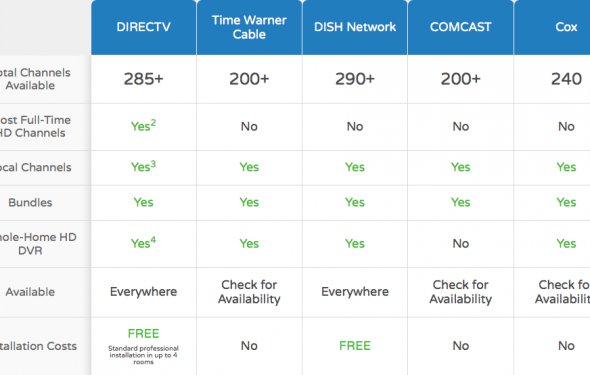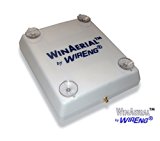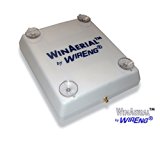Comparison of cable TV providers

With the rise of telecommunication options like Internet and TV comes the rise of questions and concerns over which plan and provider is the best. While most providers offer similar services, there are advantages and disadvantages that you may want to consider before deciding on a provider.
If you’re looking at subscribing to pay-TV services through AT&T®, keep in mind that the company offers two TV options: DIRECTV® and AT&T U-verse® TV. One service isn’t necessarily better or worse than the other — they just serve different functions for different consumers. To help you determine whether U-verse TV or DIRECTV is the right provider for you, we’ve put together a quick overview of both options.
The Main Differences between DIRECTV and AT&T U-verse
Both AT&T U-verse TV and DIRECTV provide an entertaining viewing experience, but beyond that the two services are fairly different. Here’s a look at what separates these pay-TV providers.
Delivery Method and Installation
U-verse TV is transmitted over a fiber-optic connection, meaning that the TV programming is essentially transmitted through the same channels as Internet data. Though relatively durable, fiber-optic infrastructures require a lot of time and resources to build out. As a result, the setup process may take longer to work through, depending on the wiring currently available on your premises.
DIRECTV is AT&T’s satellite service option. This means that subscribers receive their TV service through a small satellite dish installed on or around their home. The dish installation process can be more involved than what’s required for wired services, but professional technicians can usually handle most setups without any issues.
Availability
One of the first things that AT&T asks customers when they sign up for service is their address and ZIP code because different areas have different coverage options. The package offerings available for one subscriber may be drastically different from those available to a subscriber just a few streets away.

|
Motorola SURFboard SBG900 DOCSIS 2.0 Wireless Cable Modem Gateway (Black) CE (Motorola)
|

|
WinAerial™ Antenna for Verizon JetPack MiFi 6620L No-Installation On-Window Wireless (WirEng®)
|

|
WinAerial™ Antenna for Comcast CMU300 No-Installation On-Window Wireless (WirEng®)
|